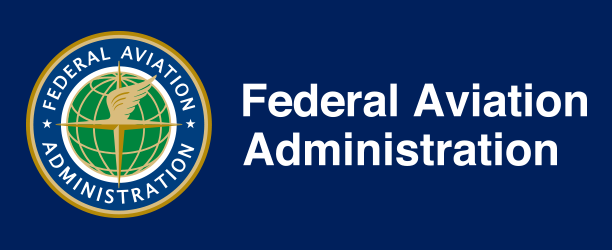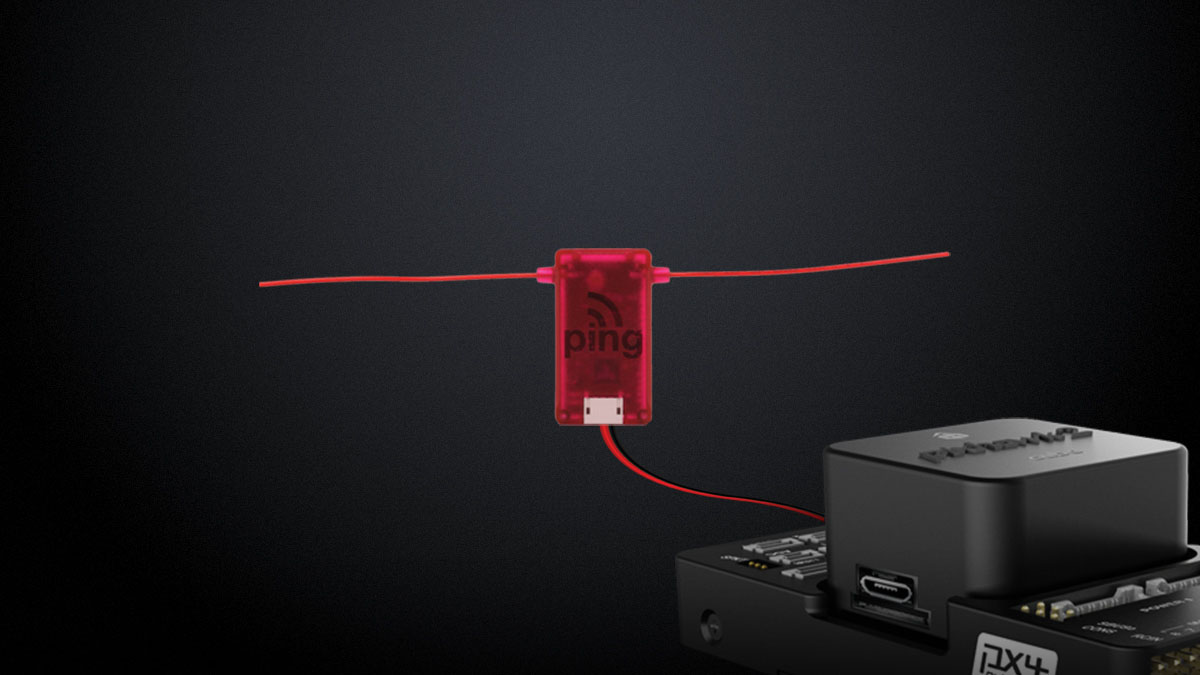FAA remote I.D. information, Changes are a coming

|

Proposed Rule on Remote ID for Drones WASHINGTON – The U.S. Department of Transportation’s Federal Aviation Administration (FAA) today announced a proposed rule that would continue the safe integration of Unmanned Aircraft Systems (UAS), commonly called drones, into the nation’s airspace by requiring them to be identifiable remotely. “Remote ID technologies will enhance safety and security by allowing the FAA, law enforcement, and Federal security agencies to identify drones flying in their jurisdiction,” said U.S. Transportation Secretary Elaine L. Chao. The FAA will seek input on the Notice of Proposed Rulemaking (NPRM) for Remote Identification (Remote ID) of UAS that today was placed on display at the Federal Register. In the coming days, it will be accompanied by a 60-day comment period to receive public feedback and help the FAA develop a final rule to enhance safety in the skies over the U.S. “As a pilot, my eye is always on safety first,” said FAA Administrator Steve Dickson. “Safety is a joint responsibility between government, pilots, the drone community, the general public and many others who make our nation so creative and innovative.” Drones are a fast-growing segment of the entire transportation sector – nearly 1.5 million drones and 160,000 remote pilots are registered with the FAA. Equipping drones with remote identification technologies would build on previous steps taken by the FAA and the UAS industry to safely integrate operations, including the small UAS rule, which covers drones weighing less than 55 pounds, and the Low Altitude Authorization and Notification Capability (LAANC), which automates the application and approval process for most UAS operators to obtain airspace authorizations. These efforts lay the foundation for more complex operations, such as those beyond visual line of sight at low altitudes, as the FAA and the drone industry move toward a traffic management ecosystem for UAS flights separate from, but complementary to, the air traffic management system. The proposed Remote ID rule would apply to all drones that are required to register with the FAA (recreational drones weighing under 0.55 pounds are not required to register), as well as to persons operating foreign civil UAS in the U.S. |







